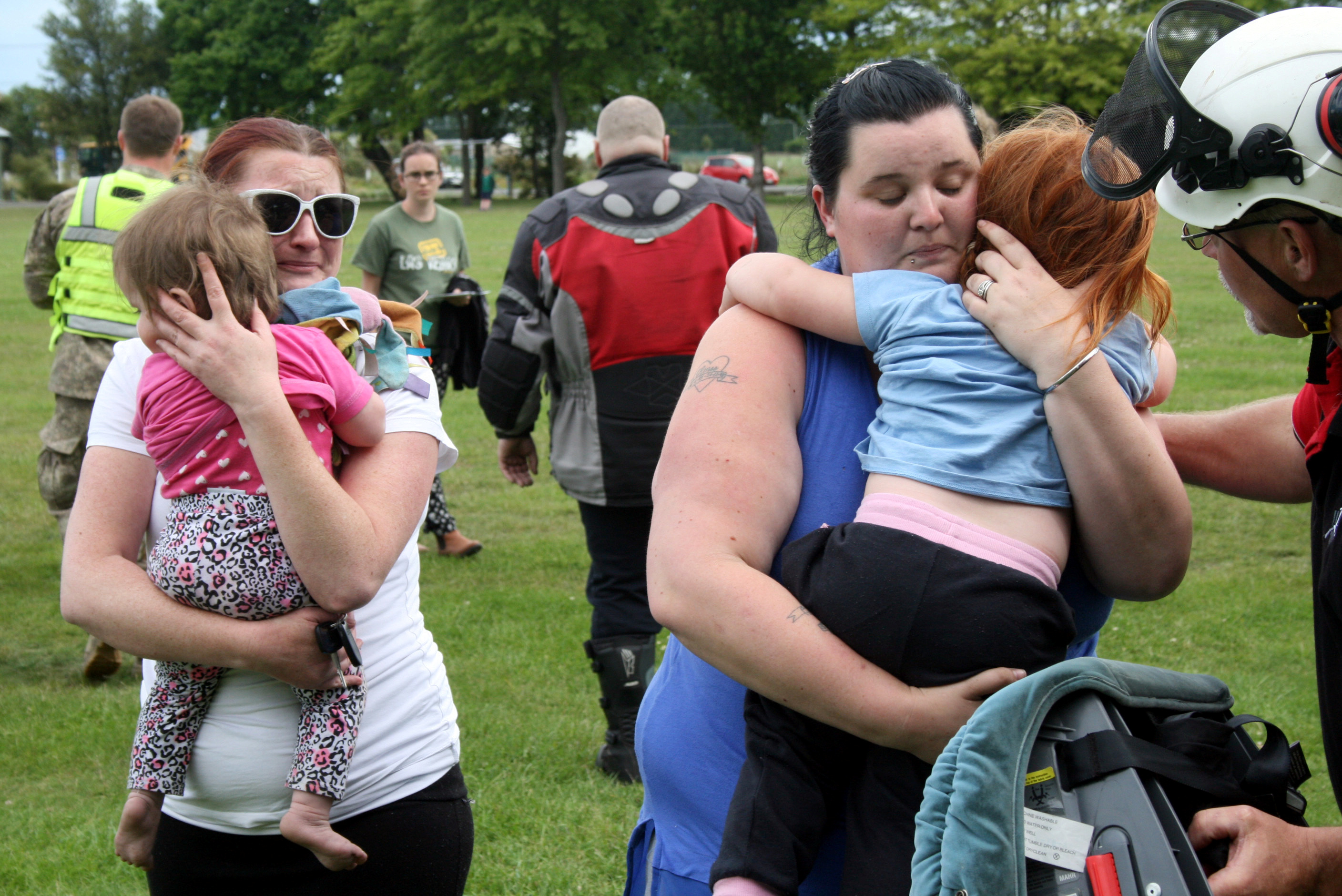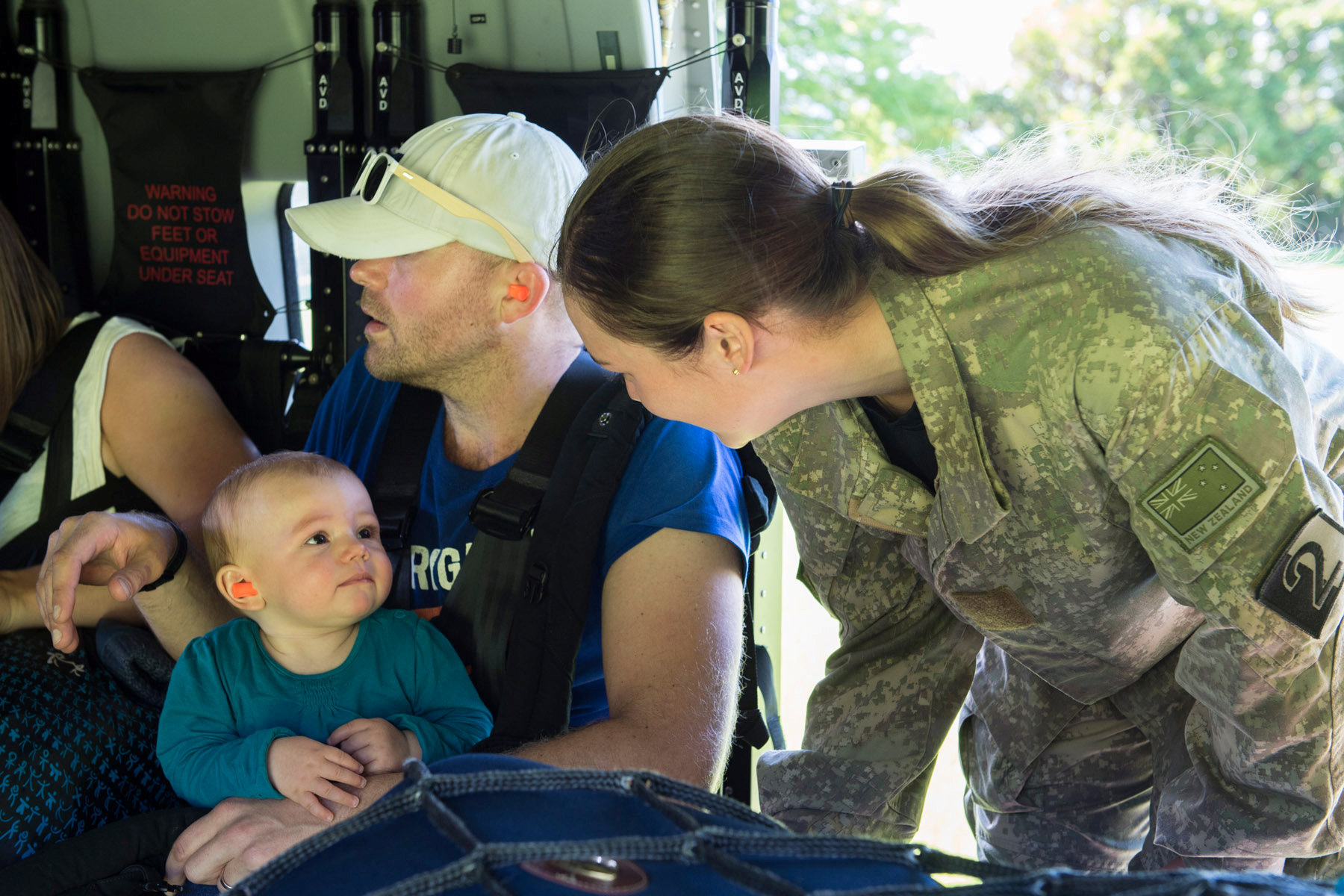
By Charlotte Greenfield
WELLINGTON (Reuters) – A convoy of 27 military trucks reached the stricken New Zealand town of Kaikoura on Friday, five days after the seaside community was completely cut off by huge landslides caused by a 7.8-magnitude earthquake that killed two people
The convoy, which had been delayed by bad weather on Thursday, carried food and medical supplies and a team of civil engineers, officials said.
Helicopters have also flown provisions to the town from navy vessels anchored offshore since the quake struck early on Monday. More than 1,000 tourists and residents were evacuated from the small South Island fishing town, a whale-watching base that draws visitors from all over the world.
Relief efforts by sea, air and road will continue to supply the town of around 2,000 people as roads remain shut to the public. “Our people are going to be there for a very long time,” a spokeswoman for the New Zealand Defence Force said.
Not all tourists have left, and New Zealand media reported that a local lawmaker and motel owner had complained that some were staying to get drunk and party through the night for a “cheap holiday” as residents tried to clean up.
The quake’s cost could add up to almost NZ$12 billion ($8.4 billion), which could push the government budget back into deficit after two years of surpluses, analysts say.
“This week’s disaster struck in more lightly populated areas but damage to infrastructure has been severe,” said Citibank economists in a research note.
Prime Minister John Key said earlier this week the damage bill would be about NZ$2 billion($1.40 billion), although he cautioned that was only an early estimate. Finance Minister Bill English told parliament the damage was “relatively localized”.
Catastrophe modeling firm AIR Worldwide said the total for insurance losses – which excludes losses to land, infrastructure or cars – would be between NZ$1.15 billion and NZ$5.3 billion.
Most residential damage would be covered by the government-owned insurer, the Earthquake Commission, which is backed by NZ$4.7 billion in reinsurance, AIR Worldwide said in a statement.
In 2011, an earthquake in Christchurch, the South Island’s largest city, killed almost 200 people and required a NZ$40 billion rebuild.
Warships from Australia, Canada and the United States, in New Zealand for the Royal New Zealand Navy’s 75th anniversary, have been assisting with Kaikoura’s recovery.
This week’s quake damaged as many as 60 buildings in the capital, Wellington, on the North Island some 150 km (95 miles) to the northeast of Kaikoura.
That included serious structural damage to three relatively recently constructed multi-storey buildings, one of which engineers said would have to be torn down.
The government said on Thursday it would investigate why the newer buildings had been unable to withstand the quake.
($1 = 1.4278 New Zealand dollars)
(Additional reporting by Carolyn Cohn in London and Noor Zainab Hussain in Bengalaru; Editing by Mark Trevelyan)








